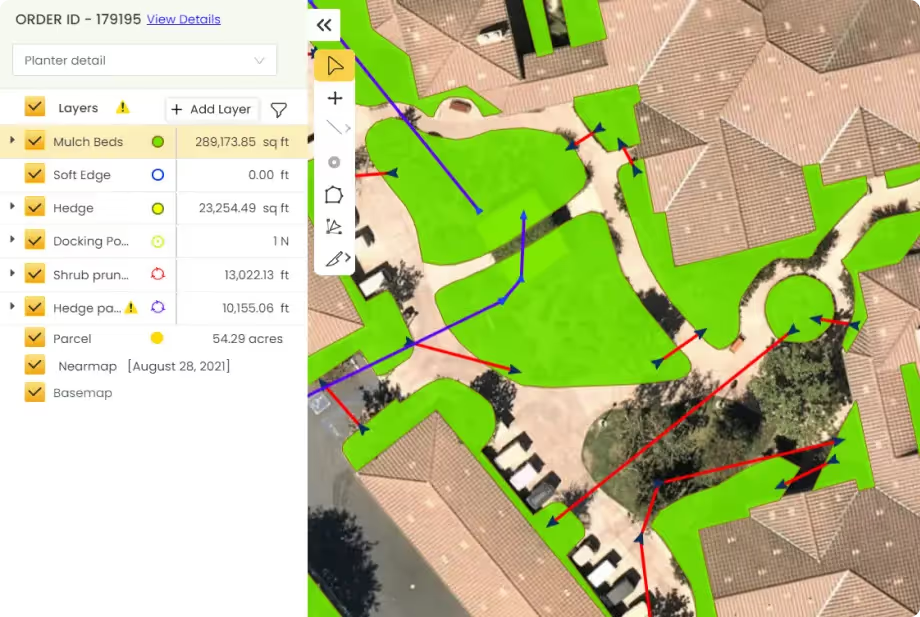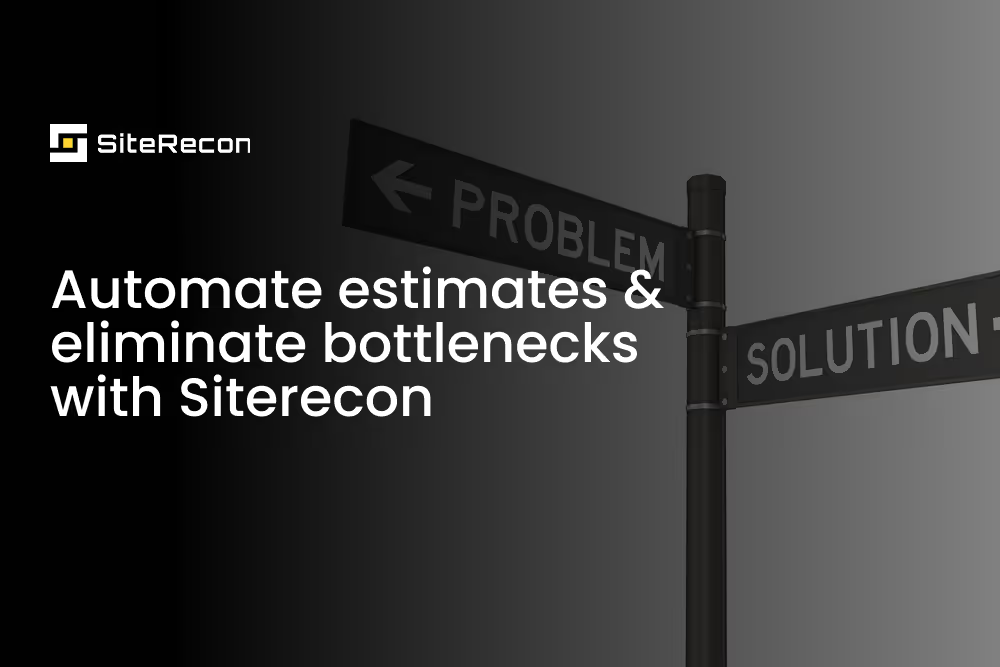How Michael Hatcher & Associates Achieved 50% YoY Growth in the Commercial Landscape Business
Learn how Michael Hatcher & Associates grew their commercial landscape business by 50%. Discover their strategies for performance analysis.

Key Takeaways:
Hey there! I had a chance to sit down with Russ Sneed, CEO, Michael Hatcher & Associates (MHA) a couple of weeks ago.
I wanted to understand how MHA has been able to grow its commercial landscape business by 50% YoY at a time when many companies are struggling to grow 5% YoY.
Russ was under the weather
but he battled through with caffeine and ibuprofen and shared some incredibly useful nuggets with me that I’ll share with you today.
He didn’t want any credit for this though - said it belongs to team MHA and Kelly Ogden, GM, Commercial Maintenance at MHA.
Alright, let’s dive in.
Grow 50% YoY. Follow MHA's formula
A key part of team MHA's success has been following a process at the end of every maintenance season:
1. Analyze the performance of crews across the portfolio site-by-site and calculate gross profit per customer.
2. This way, they know which sites in their portfolio made them money as per expectations and which didn’t.
3. The ones where they didn't make money, they go through a gross margin checklist to determine if they need to ask for a price increase or improve their operating efficiency or - yes - fire the customer.
Gross Margin Checklist
Here’s how it works.
Find out sites where actual hours are more than the hours sold. These would be the sites where you turned a loss. Then do a step by step analysis to find out what went wrong and where.
Follow the trail from measurements to estimates to job planning to actually servicing the site. 🕵️
First things first, the measurements 📏
If you didn’t measure the sites in the first place, well, what the hell? You’ve got to measure your sites! How else are you going to generate accurate estimates?
If you have the measurements, examine them and ensure that they’re accurate. This is important because it determines whether or not you’re following the scientific method for estimating which is dividing measurements by production rates.
Expected job hours = Measurements/Production rate
If you don’t have the measurements, you need measurements. If you don’t have the production rates, you need production rates.
You can start with industry standard production rates: Click Here
If your measurements are accurate, you can move on to the next step.
Did the sales rep do his job right? 🤔
If your measurements are accurate, the next step is to follow up with the sales rep and make sure that they did the job right. Your company must have a margin threshold (minimum margin that you would want to make on the job).
Did they lower the margin threshold on their own to close the job?
If they did, you need to have a conversation with them.
If they didn’t, then did your Operations team conduct a production review after getting the estimate from the sales rep? Getting a second pair of eyeballs on the site from the production side is extremely important to ensure that your estimate is tight.
If everything went right here, the discussion moves out from the realm of sales to the realm of operations.
Did the crews perform as per the expectations?
If your measurements are accurate and your sales reps didn’t cut any corners, it’s time to take a look at your crew’s performance. Evaluate their performance against your benchmarks to see if they performed as per your expectations.
If they didn’t, then why? 🤔
Did you give them everything they needed to do their job well? 🤔
As Ben Collinsworth, Director of Operational Technology, Yellowstone, puts it, “We tell our crews, just go figure it out. We hired you to do it. Well, they hire quarterbacks in football too but they give them a plan. If we give people a plan that tells them how they can meet the hours that we planned, then we’d be better positioned to hold them accountable to meeting that expectation.”
A simple solution is to arm your crews with site maps. 🗺️
Maps, even in their rudimentary form, can tighten operations. With maps, your crews will be able to clearly see the property boundaries i.e. the service area. So they won’t be wasting time servicing areas that are out of the scope.
You can do motion planning on the map to help your crews move through the property faster and more efficiently. 🚀

You can create Gantt charts for your crews, describing what each guy is supposed to be doing when and for how long.

If you don’t follow these practices, start implementing them on sites where you turned a loss.
Some people just aren’t worth your time 😒
If the property is too difficult to service for the budget that the Property Manager is giving you, you can go ask for an increase in budget. If the Property Manager is giving you a hard time, fire him. Find someone better.
Btw, the same logic applies to relationships too. 😉
And that's it. That's the Gross Margin Checklist.
FAQs
Take your business to the next level
Find out how SiteRecon's AI remote takeoff and land measurement tools can speed up pipeline, improve bid accuracy and increase sales

.avif)




